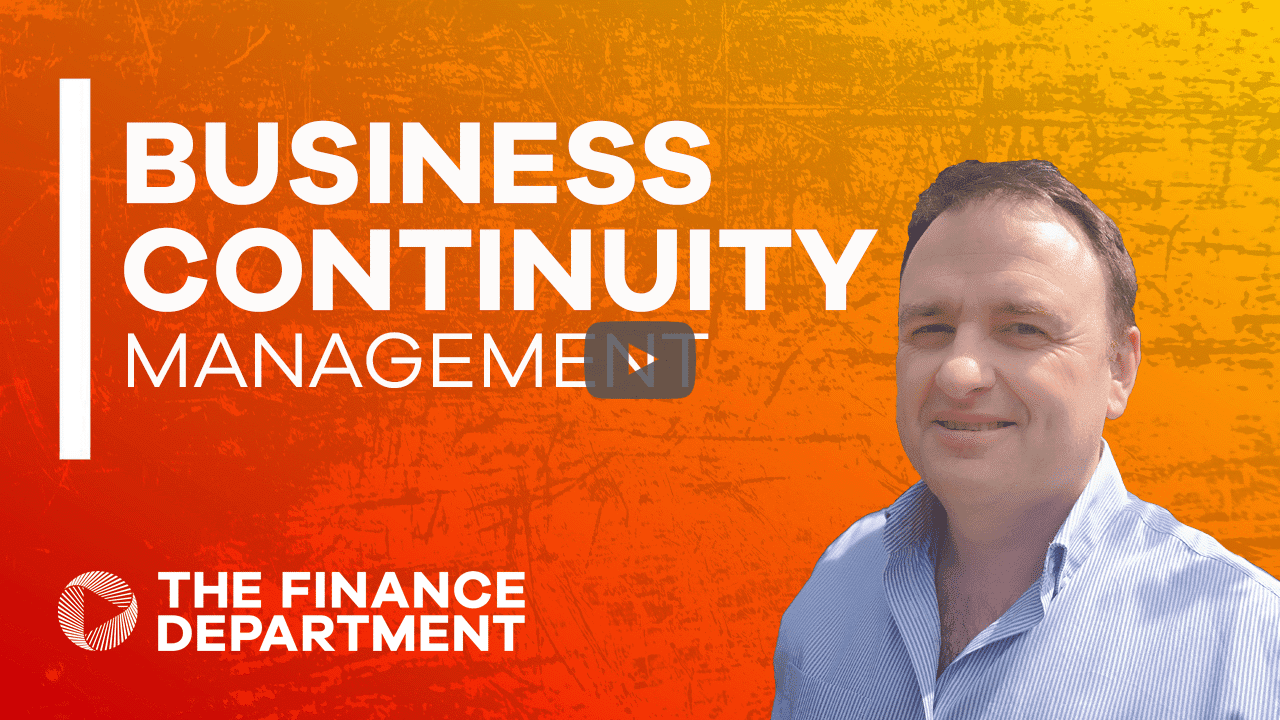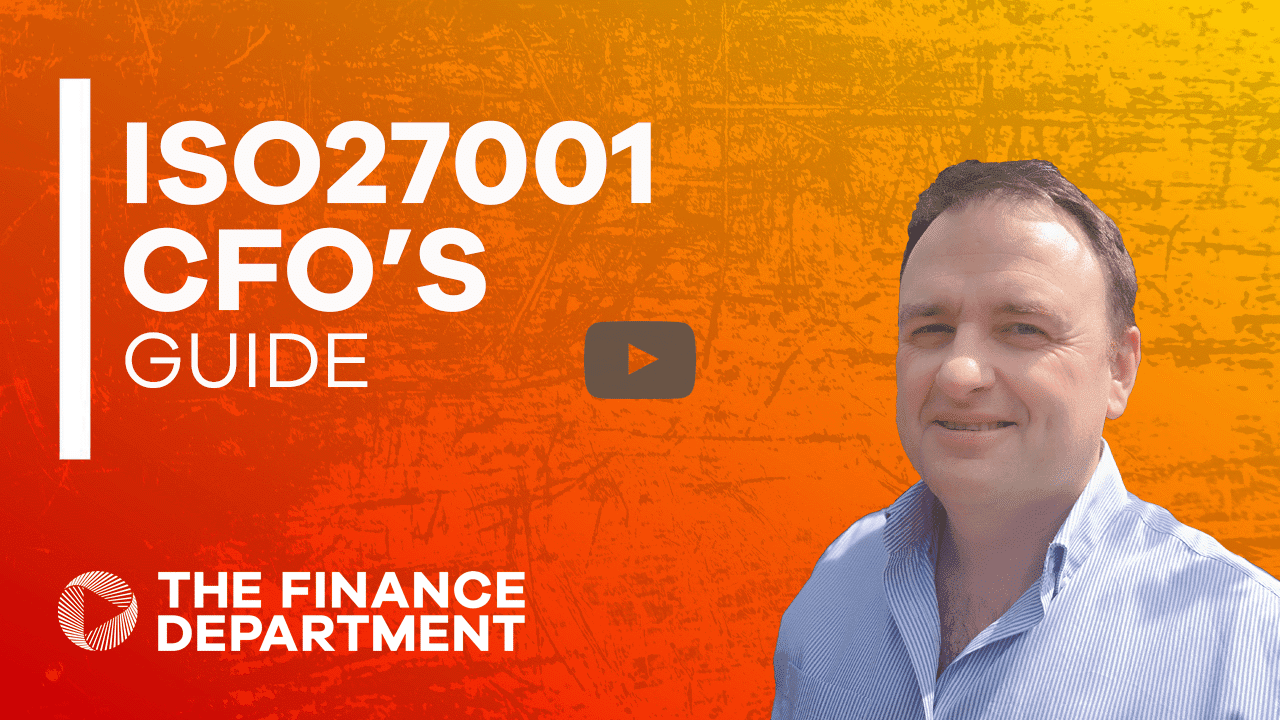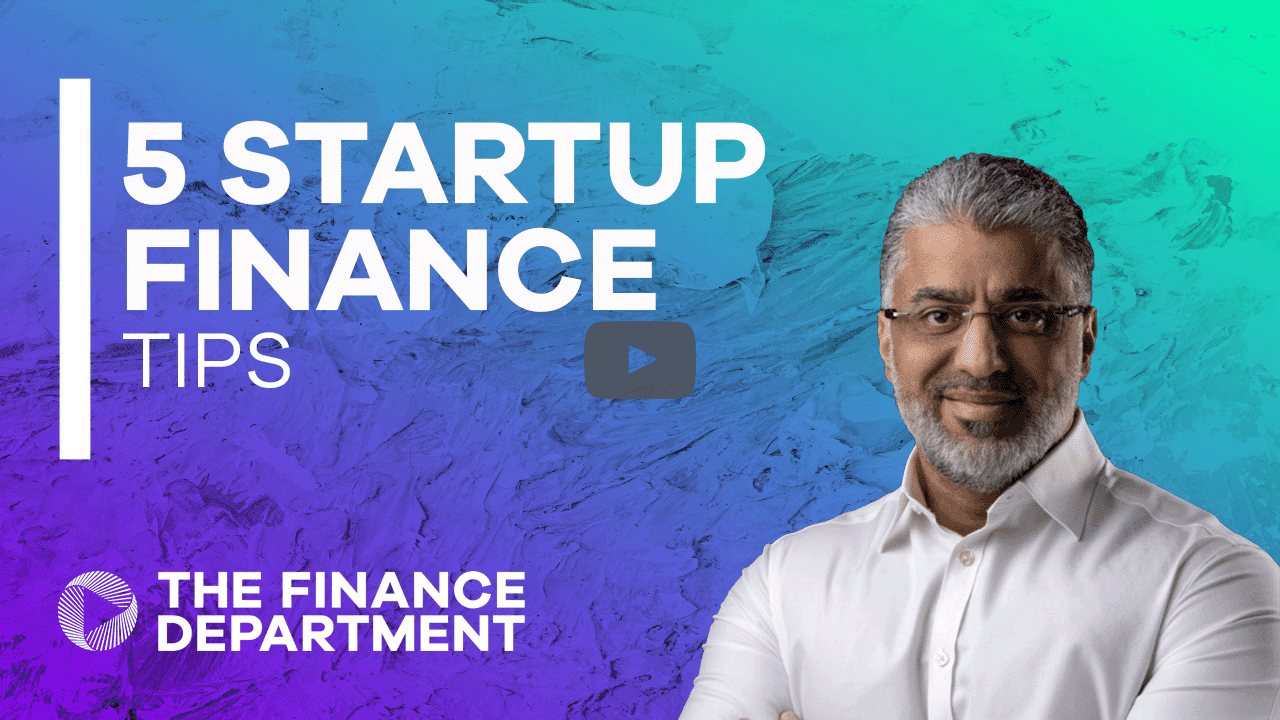Join today and start learning
TFD is the learning platform built for finance professionals.
This content is available as part of our bitesized video series.
Watch this video today by joining our free community.
Join today and start learning
TFD is the learning platform built for finance professionals.
This content is available as part of our bitesized video series.
Watch this video today by joining our free community.
Video : Knowing Your Startup’s Key Financial Metrics
In this video, Robin Butler from Sturgeon Capital highlights what investors look for and what they expect to see in terms of financial metrics from a startup when they are looking for investment.
Hi everyone, this is Robin Butler, a partner at Sturgeon Capital, an emerging market-focused VC. Recording a short video for you, The Finance Department, on what we look for or what we expect to see in terms of financial metrics from a startup, when we’re considering them for investment.
I think the key point to make first is that whatever metrics are relevant for your business you should know them, you should understand them, and you should be able to communicate them effectively to investors. I think it’s one of the key downfalls, particularly of first time founders. Your advantage as a startup is you have access to a large amount of data on your customers, on your interactions with them, and your relationship with them.
Now sometimes that takes time and it takes effort to organise that data and to be able to use it effectively. But that really is the advantage you have over traditional businesses and it should be at the core of what you do. So whatever metrics are relevant for you, make sure that you know them, make sure that you’re tracking them.
Make sure that you have them essentially at the tip of your fingers. Because when you’re speaking to an investor, particularly in that initial discussion, for us, for me, it’s one of the kind of key turn offs if you like for a business when the founder doesn’t know the up to date metrics, can’t speak to how they’ve evolved over time whether they’re looking on sort of cohort based analysis or as the overall sample size has grown, that’s a key issue and one that will always make us nervous.
And then I think once you get beyond that initial discussion once you’ve shown that you understand what is important for your business is then when you’re presenting information and data to an investor during the due diligence process.
Have your historical data for the last twelve months or however long you’ve been running on a monthly basis, include both operating and financial data. A lot of people seem to think that investors are just interested in sort of top line, but it’s really the operational data whether that’s customers, orders, or whatever, that’s important and gives a sense and allows you to kind of convert and then put into ratios and track how on a per order basis, or customer lifetime value, average revenue per user, whatever the metric is, those are then what can be shown to be evolving over time.
Are they improving? Are they worsening as your business grows? And then when you’re providing the forward looking data, realistically beyond twelve months, it’s a bit of a guessing game, but you should have a reasonable degree of or a reasonable degree of certainty or be able to say with a reasonable confidence where you expect your key metrics to be in the next twelve months and what will drive them.
Now for most businesses will be a case of your sales and marketing. That’s what you can control, that’s what you know how much you can spend, you have a sense on your historical data of what customer acquisition costs are. And out of that, you can then back out revenues, the cost requiring that, and with reasonable certainty once you reach a critical mass of customers, if you like, or revenue, predict where you’ll be going to be going forward.
Now of course, this isn’t relevant if you’re a pre-seed or an early seed-stage company that doesn’t have that critical mass of data. But once you get to that point, then yes, you really should be able to, for at least the next twelve months on a monthly basis, forecast out those key operating and financial metrics, and then beyond that, it becomes more a function of, say, overall market size and having an understanding of, okay, where will you get in those twelve months and what money will you need to raise at that point in order to scale the business further.
So the key points, make sure you understand what are the key metrics that are relevant for your business, know where they have been historically and how they have evolved, present them to investors, historical metrics on a monthly basis for up to twelve months.
And then on a forward looking basis, use that historical data as the basis, and as the guide, if you like to forecast as accurately as you can with the money that you have available or that you want to raise where you hope to get to in the next twelve months. And if you do those, then it helps bridge that asymmetry of information between yourself and an investor, which on day one is almost complete.
But by using the data in the ongoing conversations, you can bridge that and increase the chance that they will be willing and able to invest in your company.
Thank you very much.
If you have any more questions, please feel free to reach out.
Robin Butler is a Partner and Head of Impact at Sturgeon Capital, an emerging markets VC investing in early stage start-ups solving the key problems affecting the day to day lives of businesses and consumers in Central & South Asia and the Middle East. Robin is a historian-linguist turned investor who focuses on deal sourcing, due diligence, and post-investment support for Sturgeon’s portfolio.
Video: Knowing Your Startup’s Key Financial Metrics
In this video, Robin Butler from Sturgeon Capital highlights what investors look for and what they expect to see in terms of financial metrics from a startup when they are looking for investment.
Hi everyone, this is Robin Butler, a partner at Sturgeon Capital, an emerging market-focused VC. Recording a short video for you, The Finance Department, on what we look for or what we expect to see in terms of financial metrics from a startup, when we’re considering them for investment.
I think the key point to make first is that whatever metrics are relevant for your business you should know them, you should understand them, and you should be able to communicate them effectively to investors. I think it’s one of the key downfalls, particularly of first time founders. Your advantage as a startup is you have access to a large amount of data on your customers, on your interactions with them, and your relationship with them.
Now sometimes that takes time and it takes effort to organise that data and to be able to use it effectively. But that really is the advantage you have over traditional businesses and it should be at the core of what you do. So whatever metrics are relevant for you, make sure that you know them, make sure that you’re tracking them.
Make sure that you have them essentially at the tip of your fingers. Because when you’re speaking to an investor, particularly in that initial discussion, for us, for me, it’s one of the kind of key turn offs if you like for a business when the founder doesn’t know the up to date metrics, can’t speak to how they’ve evolved over time whether they’re looking on sort of cohort based analysis or as the overall sample size has grown, that’s a key issue and one that will always make us nervous.
And then I think once you get beyond that initial discussion once you’ve shown that you understand what is important for your business is then when you’re presenting information and data to an investor during the due diligence process.
Have your historical data for the last twelve months or however long you’ve been running on a monthly basis, include both operating and financial data. A lot of people seem to think that investors are just interested in sort of top line, but it’s really the operational data whether that’s customers, orders, or whatever, that’s important and gives a sense and allows you to kind of convert and then put into ratios and track how on a per order basis, or customer lifetime value, average revenue per user, whatever the metric is, those are then what can be shown to be evolving over time.
Are they improving? Are they worsening as your business grows? And then when you’re providing the forward looking data, realistically beyond twelve months, it’s a bit of a guessing game, but you should have a reasonable degree of or a reasonable degree of certainty or be able to say with a reasonable confidence where you expect your key metrics to be in the next twelve months and what will drive them.
Now for most businesses will be a case of your sales and marketing. That’s what you can control, that’s what you know how much you can spend, you have a sense on your historical data of what customer acquisition costs are. And out of that, you can then back out revenues, the cost requiring that, and with reasonable certainty once you reach a critical mass of customers, if you like, or revenue, predict where you’ll be going to be going forward.
Now of course, this isn’t relevant if you’re a pre-seed or an early seed-stage company that doesn’t have that critical mass of data. But once you get to that point, then yes, you really should be able to, for at least the next twelve months on a monthly basis, forecast out those key operating and financial metrics, and then beyond that, it becomes more a function of, say, overall market size and having an understanding of, okay, where will you get in those twelve months and what money will you need to raise at that point in order to scale the business further.
So the key points, make sure you understand what are the key metrics that are relevant for your business, know where they have been historically and how they have evolved, present them to investors, historical metrics on a monthly basis for up to twelve months.
And then on a forward looking basis, use that historical data as the basis, and as the guide, if you like to forecast as accurately as you can with the money that you have available or that you want to raise where you hope to get to in the next twelve months. And if you do those, then it helps bridge that asymmetry of information between yourself and an investor, which on day one is almost complete.
But by using the data in the ongoing conversations, you can bridge that and increase the chance that they will be willing and able to invest in your company.
Thank you very much.
If you have any more questions, please feel free to reach out.
Robin Butler is a Partner and Head of Impact at Sturgeon Capital, an emerging markets VC investing in early stage start-ups solving the key problems affecting the day to day lives of businesses and consumers in Central & South Asia and the Middle East. Robin is a historian-linguist turned investor who focuses on deal sourcing, due diligence, and post-investment support for Sturgeon’s portfolio.










